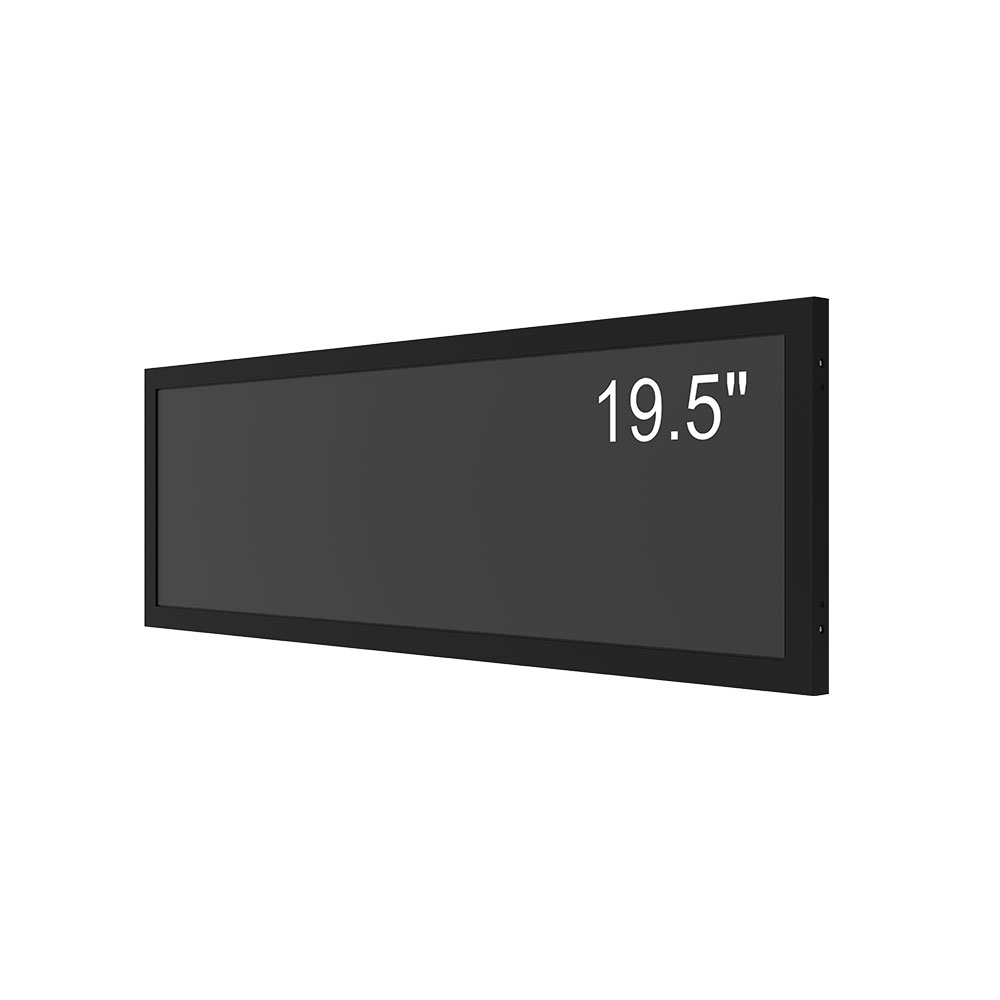- Home
- About Us
- Products
- News
- Video
- Contact
- Send Inquiry
Search
- Home
- About Us
- Products
- News
- Video
- Contact
- Send Inquiry

In outdoor electronic displays—especially high-brightness sunlight-readable LCDs used in military, industrial, transportation, and public information systems—the IP66 waterproof rating is not just a feature; it’s a requirement. The International Protection (IP) Code, defined by IEC 60529, classifies the degree of protection provided against intrusion from solid objects (like dust) and liquids (like water). An IP66 rating means the device is completely dust-tight (6) and protected against powerful water jets from any direction (6), making it ideal for harsh environments such as construction sites, maritime vessels, or roadside digital signage exposed to rain, snow, or even pressure washing.
To achieve this level of protection, manufacturers must integrate multiple layers of design and material science. First, the display housing must be sealed using high-quality gaskets made from silicone or EPDM rubber, which remain flexible across extreme temperatures (-40°C to +85°C). These seals are rigorously tested under controlled conditions using standardized spray tests (IEC 60529, Clause 10.3) that simulate heavy rainfall or hose-directed water jets at 12.5 liters per minute at 100 kPa pressure for three minutes per direction.

Second, internal components—including backlight modules, PCBs, and connectors—must be potted or coated with conformal coatings like acrylic, urethane, or silicone-based materials to prevent moisture ingress. For instance, military-grade LCDs often use potting compounds rated for continuous operation in humidity up to 95% non-condensing. This ensures long-term reliability in tropical climates or cold, damp environments where condensation could otherwise cause short circuits.
Third, critical interfaces such as USB ports, HDMI connectors, or power inputs must be equipped with IP66-rated housings or use waterproof micro-switches designed for outdoor use. Some leading manufacturers now employ nanocoating technologies (e.g., plasma-enhanced chemical vapor deposition) that apply ultra-thin hydrophobic films only 1–5 micrometers thick, allowing for full functionality while maintaining dust and water resistance without compromising signal integrity.
Case studies demonstrate the real-world impact: A major railway operator in Northern Europe replaced standard LCDs with IP66-rated units in train station displays after experiencing frequent failures due to condensation during winter months. Post-installation, system uptime increased by over 92%, reducing maintenance costs by an estimated €200,000 annually. Similarly, offshore oil platforms have adopted IP66-rated sun-readable displays for monitoring equipment in salty, humid environments—a direct result of the NEMA 4X and IP66 standards being aligned with marine industry specifications.
The future of IP66 waterproofing lies in smarter integration. Advances in mold-injected electronics and automated sealing processes reduce human error, improve consistency, and lower production costs. Additionally, compliance with MIL-STD-810H environmental testing protocols ensures that IP66-rated displays meet not only basic water resistance but also vibration, shock, thermal cycling, and altitude resilience—all essential for mission-critical applications.
For engineers designing outdoor displays, understanding the full scope of IP66 certification—from gasket selection to conformal coating thickness—is vital. It’s not merely about meeting a number—it’s about building systems that perform reliably in unpredictable weather, ensuring safety, operational continuity, and user trust in demanding environments worldwide.